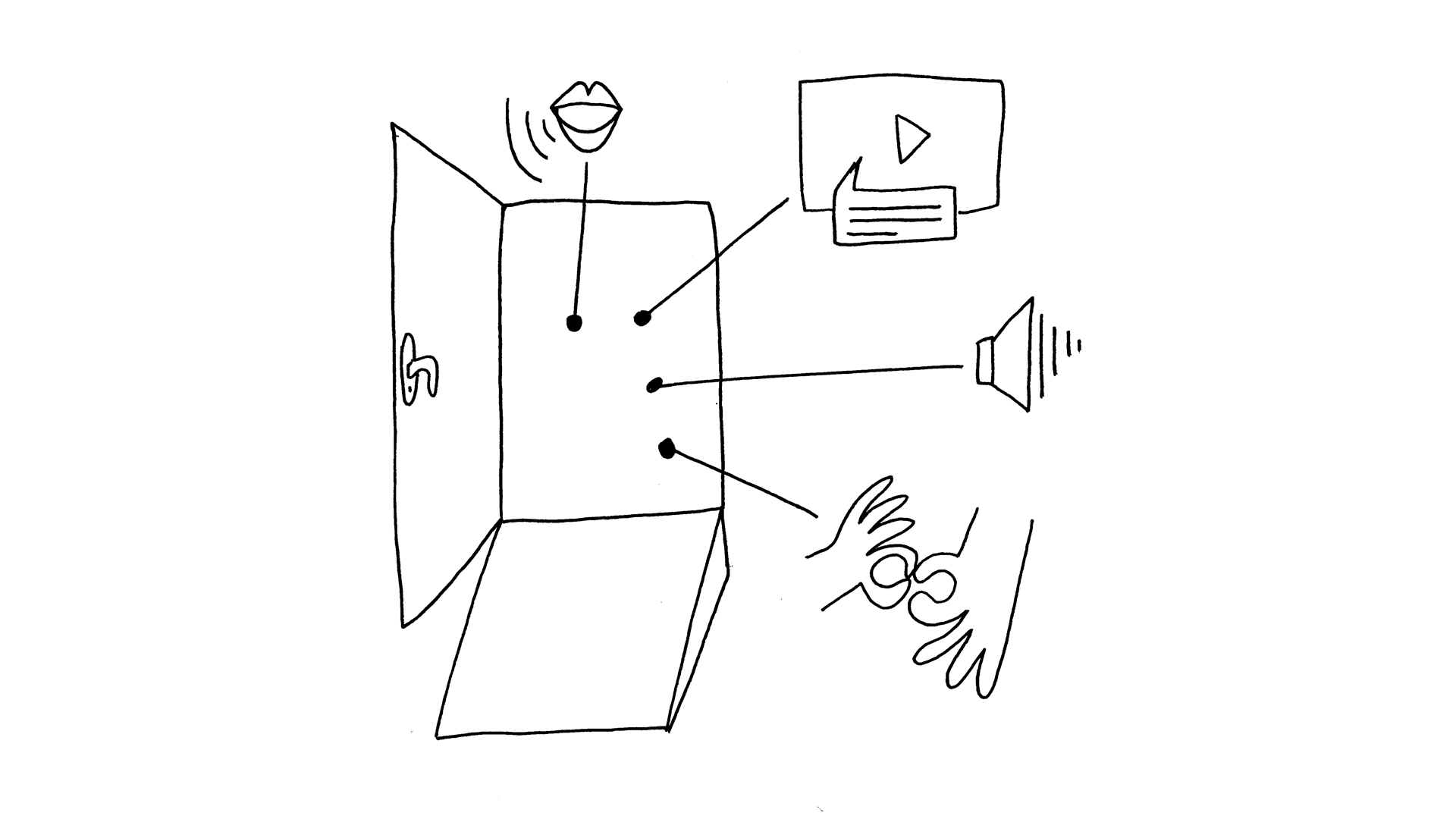Anti-Ableism

Anti-ableism refers to active opposition to ableism and the practices, attitudes, and structures that perpetuate discrimination against individuals with disabilities. It encompasses a commitment to recognizing and addressing the systemic barriers they face, advocating for their rights, and promoting inclusivity and equity. Anti-ableism seeks to dismantle the social, cultural, and institutional systems that privilege able-bodied individuals while marginalizing those with disabilities.
Anti-ableism also aligns with the principles of crip theory, a critical framework that challenges normative assumptions about disability and embodiment. It critiques societal expectations of “normalcy” and celebrates disability as a site of cultural, political, and personal significance.¹ By embracing crip theory, anti-ableism moves beyond merely accommodating disabilities to actively questioning and restructuring the systems and ideologies that enforce ableist norms. Crip theory advocates for a reimagining of societal values, emphasizing interdependence, accessibility, and the celebration of diverse embodiments.
La Escocesa, in collaboration with artists Hac Vinent and Tatiana Antoni Conesa, has developed a series of concrete accessibility measures and undertaken staff training to make sure they could be implemented. This process has meant a significant change for the institution and beyond, fostering a shift in mindset regarding participation and diversity in the arts. These measures highlight the importance of slowing down, using accessible language, and integrating flexible participation methods for public activities. It also emphasizes the necessity of proactive planning, such as providing accessibility request forms, ensuring clear communication, and fostering collective care practices.
If participation in cultural spaces is currently a privilege, then we must ask: Who is being left out, and why? Accessibility should be the default, not a special request. True accessibility is not just about ramps and language interpreters. Creating accessible spaces requires not only rethinking their content, programming, and institutional approaches to inclusion but also putting them into practice.
Some considerations for making activities more accessible:²
- Use clear and simple language in all communication materials and throughout the activity, avoiding academic jargon to ensure inclusivity across different social realities.
- Avoid presumptions. Many simple accessibility measures are overlooked because we assume that all bodies and needs conform to a single standard.
- Provide a form where participants can indicate specific accessibility needs prior to a visit or activity to allow necessary adaptations. If registration is not required, an email address should be provided in the event’s communication materials so that individuals can contact the team.
- Present the activity and explain its structure so that participants can set personal boundaries and decide their level of engagement. A pre-event meeting can be offered for individuals who need to familiarize themselves with the space or discuss upcoming dynamics.
- Design activities with flexible participation levels, allowing attendees to engage in different ways. Remain open to modifying the structure to ensure participation.
- Offer the opportunity to address the group before the activity begins in case anyone wishes to explain their situation. Support should be provided if needed.
- Facilitate a respectful and inclusive group dynamic, ensuring that all accessibility requirements are honored. Provide additional assistance, if needed, with designated team members.
- Avoid infantilization, overprotection, and pity. Treat adults as adults. For example, when interacting with a deaf person and their interpreter or if someone is accompanied by a personal assistant, address the individual directly, not the interpreter/assistant.
- Always ask if you’re unsure about how to provide assistance or accommodate certain needs.
- Clearly communicate available accessibility measures in all promotional materials. Since most activities are not inherently accessible, individuals with functional diversity may not assume inclusivity unless explicitly stated.
- Describe images posted on social media. This can be done using the “alt text” feature or by including a written description in the post.
- Provide subtitles and/or audio descriptions for videos posted online or screened during an activity.
- Include content warnings for potentially distressing themes, allowing individuals to make informed choices about their exposure.
Some examples of accessibility measures for institutions and activities:
- Access ramps
- Spacious elevators (if the building is multistory)
- Wide, navigable hallways
- Accessible restrooms
- Seating with backrests
- Sign language interpretation and space for lipreading (reserved seating near speakers)
- Live captioning and subtitled videos
- Audio descriptions for visual content
- Good sound quality in the space
- Adequate lighting
- Clear and loud articulation (without shouting or exaggerating pronunciation)
- Providing texts in advance for talks or readings
- Structured turn-taking with a moderator
- Adapting materials to digital and easy-to-read formats
- Projected text with high contrast, large fonts, and paragraph divisions
- Tactile or color-coded indicators for navigation
- Quiet rest areas
- Clearly stated event duration, dynamics, and expected number of attendees
- Virtual participation option
—
¹ It is also relevant to highlight the intersectionality of disability and queerness, emphasizing how both challenge hegemonic structures of power and normativity (see Robert McRuer, Crip Theory: Cultural Signs of Queerness and Disability). Alison Kafer expands on this in her book Feminist, Queer, Crip by proposing a political and relational model of disability that prioritizes coalition-building and social justice.
² This is an excerpt from the internal work and practices implemented at La Escocesa. For more information, visit our website: https://laescocesa.org/en/La%20Escocesa/accessibility.